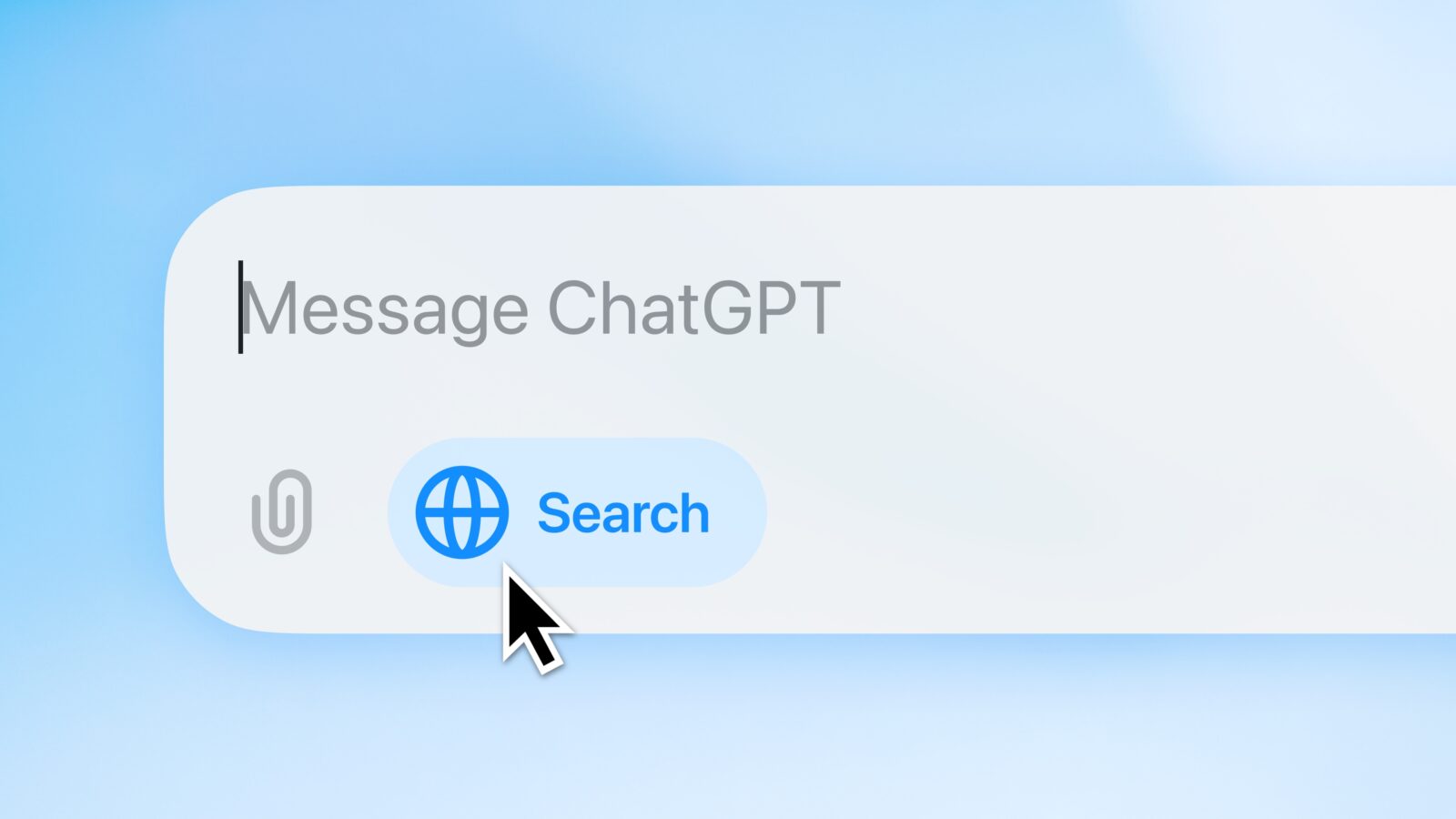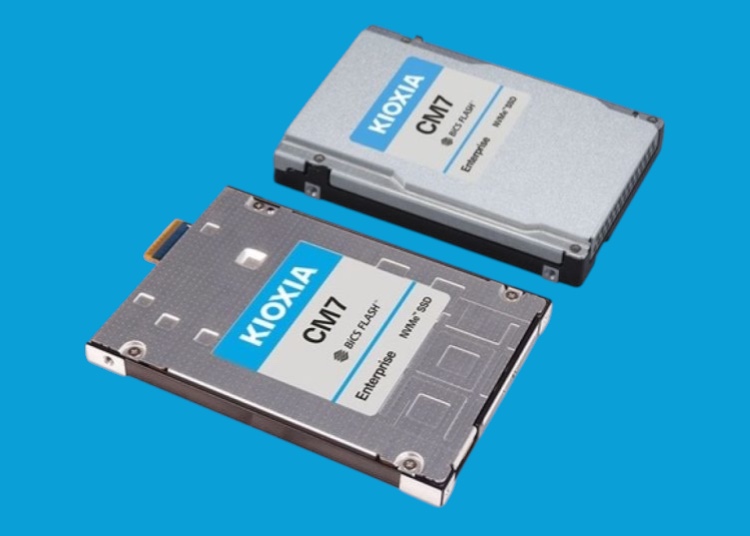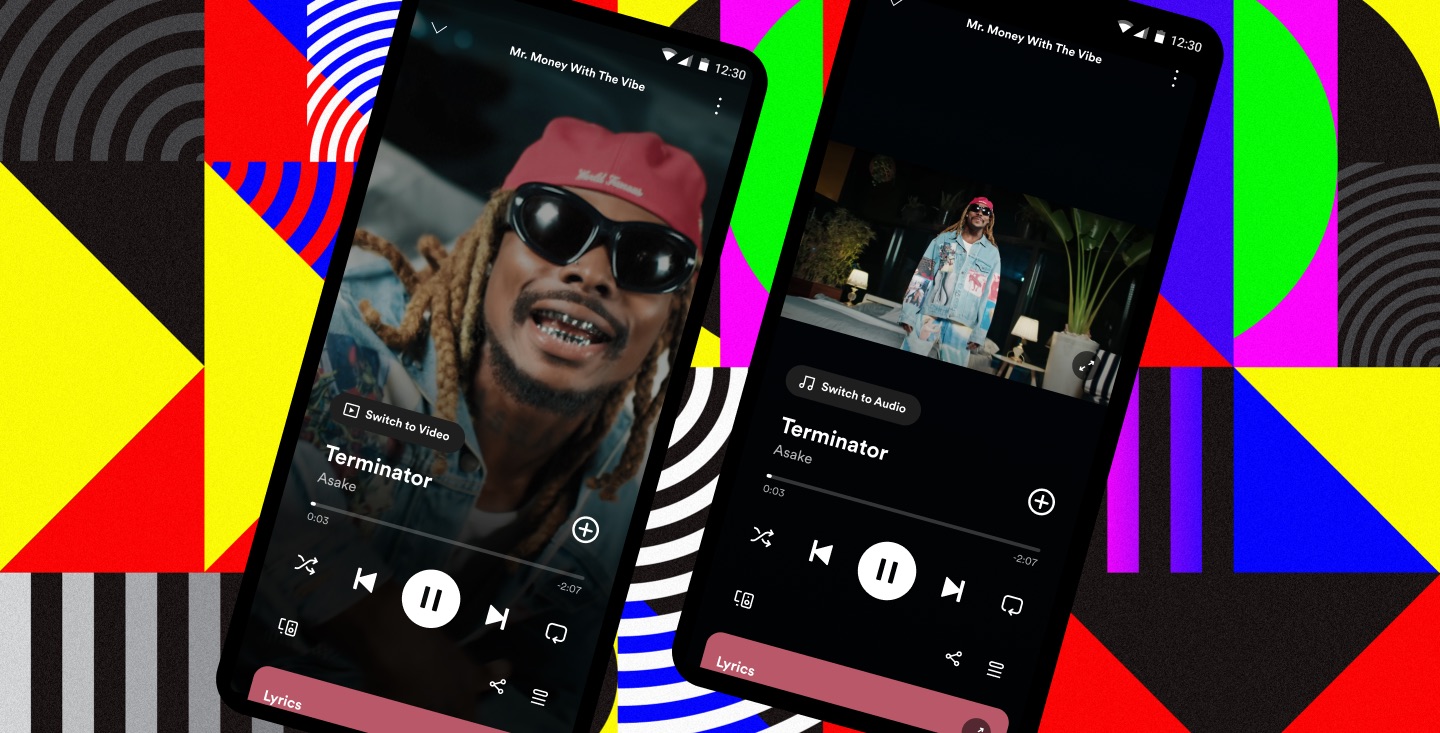xAI has rolled out Grok Imagine, a new feature within its Grok mobile app that allows users to generate AI-created images and short videos. The tool, now available to Heavy and Premium+ subscribers on iOS and Heavy subscribers on Android, supports both text-to-image generation and the ability to animate still images into clips with audio.
Grok Imagine’s functionality is similar to other generative AI tools on the market, including Midjourney’s new video features, Google’s Veo 3, and OpenAI’s Sora. Users can create original visuals from text prompts, upload existing photos for transformation, or even use voice input to guide the generation process. Once an image is created, the app offers variations and allows for quick conversion into short-form video with preset styles such as “Custom,” “Spicy,” “Fun,” or “Normal.”
Imagine with @Grok pic.twitter.com/UIay5yNp97
— Elon Musk (@elonmusk) August 4, 2025
The release follows last month’s debut of Grok 4, xAI’s latest large language model. While the company touts Grok Imagine as a creative tool, early tests have noted a lack of some content safeguards typically seen in comparable AI platforms, raising questions about moderation and potential misuse. Elon Musk, who founded xAI and owns X, has promoted Grok Imagine on his social media account, calling it a “meme motherlode” and suggesting it will improve rapidly. He has also hinted at its capacity for NSFW output, something that may further distinguish it—controversially—from competitors.
To use Grok Imagine, iOS users can access it through the “Imagine” tab or “Create Image” button in the Grok app. Android availability is currently limited to SuperGrok Heavy subscribers. From there, users can type or speak a prompt, upload an image, and receive generated results, which can be downloaded or shared directly. Videos are made by selecting an image and choosing a style, or by uploading a photo to be animated.
Grok Imagine’s arrival reflects the increasing overlap between AI chat platforms and creative media tools, as companies push to expand beyond text generation into visual and multimedia content. Whether it gains traction may depend on its ability to match the creative quality and safety standards set by established players in the generative AI space.






